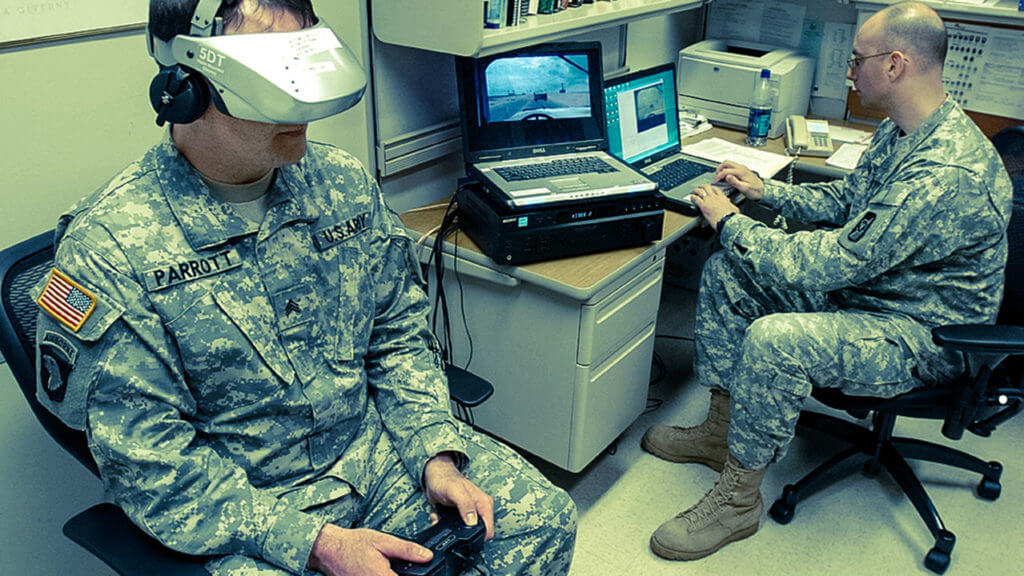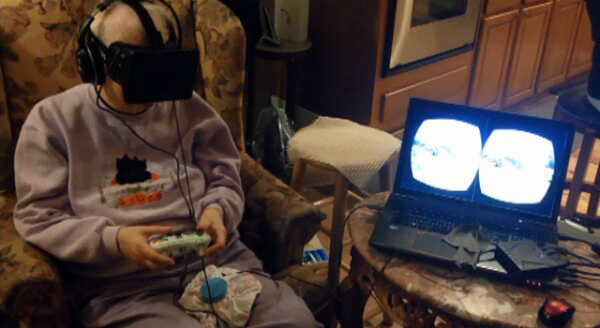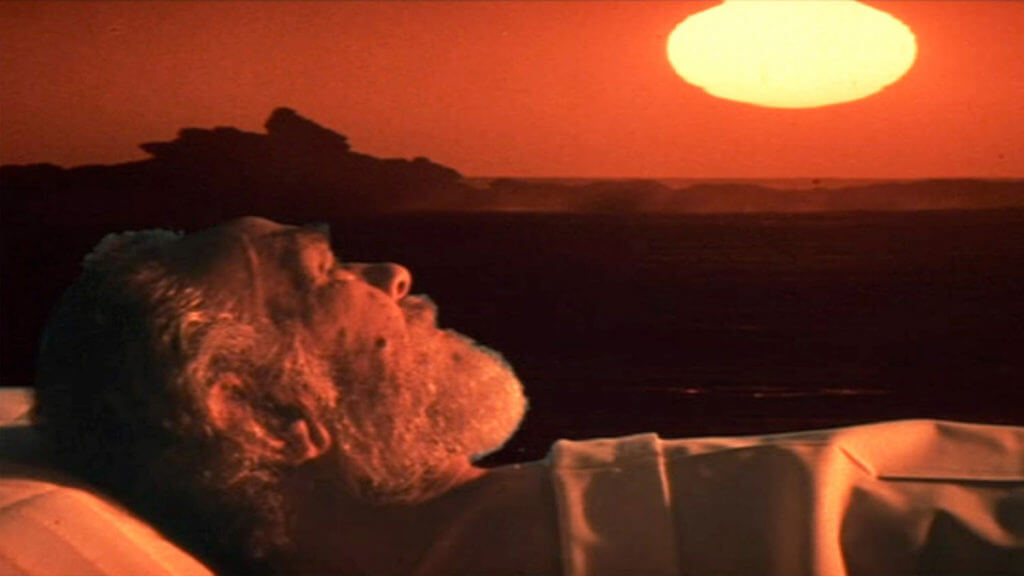Virtual Reality
Virtual Visions: Healing in the Age of Spiritual Technology
At the end of his life, in the 1973 sci-fi epic Soylent Green, Edward G. Robinson’s character Sol is treated (at the state’s expense) to a virtual reality sendoff fit for royals.
As Sol breathes his final breaths in a virtual projection chamber, he is surrounded by a plethora of images of the planet Earth in all its former glory. Brilliantly colored schools of fish, fields of tulips, spectacular sunsets, and other natural wonders appear before him and remind him of the beauty and grandeur of this long-forgotten paradise.
Tears stream down his cheeks as he lies there wrapped in awe, and his emotional state is one that can only be described as ecstatic. While totally immersed in the beauty of the natural world, Sol says his final words and transitions.
It seemed to me that for a few fleeting moments before his death and his famous confession about Soylent Green, Sol had been the beneficiary of a very illusive and unique gift. That gift was transcendence.
Transcendence beyond simple self awareness, one that involved both a revelatory conscious understanding and an absolute subconscious reconciliation. This was his cathartic moment. It was something more akin to what Japanese Zen Buddhists refer to as Satori or sudden enlightenment.
It seemed perfectly reasonable to me at that time that the psychological collision between absorbing all of the rapturous beauty of nature while simultaneously contemplating your impending departure from this plane of existence could certainly result in such a moment. Religion becomes mute in the actual presence of God and what is, simply is.
A similar transcendent effect has been discussed and debated for years by astronauts who have viewed the heavens and the Earth from outside of our atmosphere. This new empirical perspective has resulted in a powerful transcendent experience dubbed by space philosopher and writer Frank White as “The Overview Effect.”
According to Apollo 14 astronaut Edgar Mitchell, who has encountered the effect firsthand, an individual experiences a powerful cognitive shift that results in kind of meditative awe.
Reports of astronauts spending hours “Earth Gazing” are common, and most individuals that have experienced The Overview Effect report it as having had a profoundly positive effect on their understanding of themselves and, more importantly, an understanding of our place in the universe.
The most common narrative related to this effect illustrates an awareness of the unity of all things. This idea of oneness, an idea that is commonly understood by many on an intellectual level, is finally somehow made real on an experiential level. Words cannot adequately articulate this thing that has now become an integral part of their being.
After his encounter, astronaut Mitchell explored both scientific and religious texts in an attempt to identify the phenomena. He was finally introduced by some scholars to the ancient concept of Savikalpa Samadhi. Samadhi is a profound meditative absorption. Savikalpa Samadhi is a state of Samadhi in which one’s consciousness temporarily dissolves into Brahman (the unchanging reality amidst and beyond the world). In this state, one lets go of the ego and becomes aware of spirit beyond creation. Whatever one’s beliefs may be, it is apparent from the reports of those who have witnessed it that it is a rare, beautiful, and life changing event.
Much of my work in the areas of virtual reality as it relates to psychology and therapeutic innovation concerns itself with the exploration and creation (or recreation) of these types of experiences for health and healing. Most of us alive today may never have the opportunity to explore the cosmos or see the planet from the perspective of the astronauts, but their experiences and the media collected from those experiences can be fashioned into virtual tools that may prove to have great therapeutic value. These tools could have multiple therapeutic applications including, in the instance of Virtual Overview, hospice care. Stilling the mind by whatever means possible is an invaluable resource during the process of transition.

Recent technological innovations like the Oculus Rift and other virtual reality devices have exhibited the potential to create immersive experiences that could easily represent the next wave of therapeutic technologies.
The tools necessary to create a virtual Savikalpa Samadhi experience are today being used by therapists and psychologists to combat the effects of PTSD as well as other fears and phobias. It stands to reason that as we continue to develop these virtual tools, together with other therapeutic devices and techniques, those combined systems could easily be adapted to assist humanity in tranquilizing our ultimate fear of the fear of death.
Beyond the confines of religious systems or dogma, this type of direct experience might very well inform, elevate, or at least insulate the very fragile psyches of individuals being confronted with their own mortality. Virtual environments and spiritual technologies have been a part of the human experience for thousands of years. The Greek mathematician and engineer, Hero of Alexandria, considered the greatest experimenter of antiquity, outfitted Greek temples with mechanisms that would automatically open and close doors, pour wine, and manifest other seemingly otherworldly phenomena. Similarly, the kaleidoscopic stained glass, painted ceilings, and elegant statues of more modern cathedrals are all meticulously designed to evoke a “presence” (the holy grail of the VR developer community) to all who gaze upon them.

The Tibetan Mani Wheel, a device used to maintain the spiritual focus of its users, spins unceasingly in the hands of elderly Buddhist monks who repeat the Om Mani Padme Hum as they wait patiently for death. These and a host of other tools have been used throughout the ages to bring us closer to spiritual awareness as we move toward the inevitable.
As we continue the future development and creation of new and revolutionary tools in this arsenal, we must seriously consider the converging ideas, philosophies, and sciences that go into their construction. For them to become truly effective instruments in the realm of healing, they cannot be constructed from the intentions of a self indulgent, overly technological society.
Like all truly great inventions, they must ultimately serve the common good. They must carry at their center a sense of compassion and be built with integrity in the spirit of love. Whether or not virtual technologies will play a role in creating a bridge towards transcendence into higher consciousness is yet to be seen, but in the short-term these types of tools could offer some peace and therapeutic relief for those most in need.
Comments are closed





